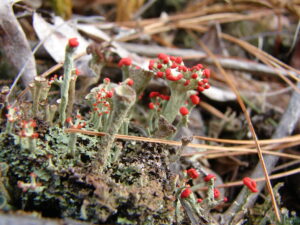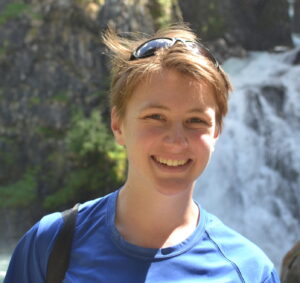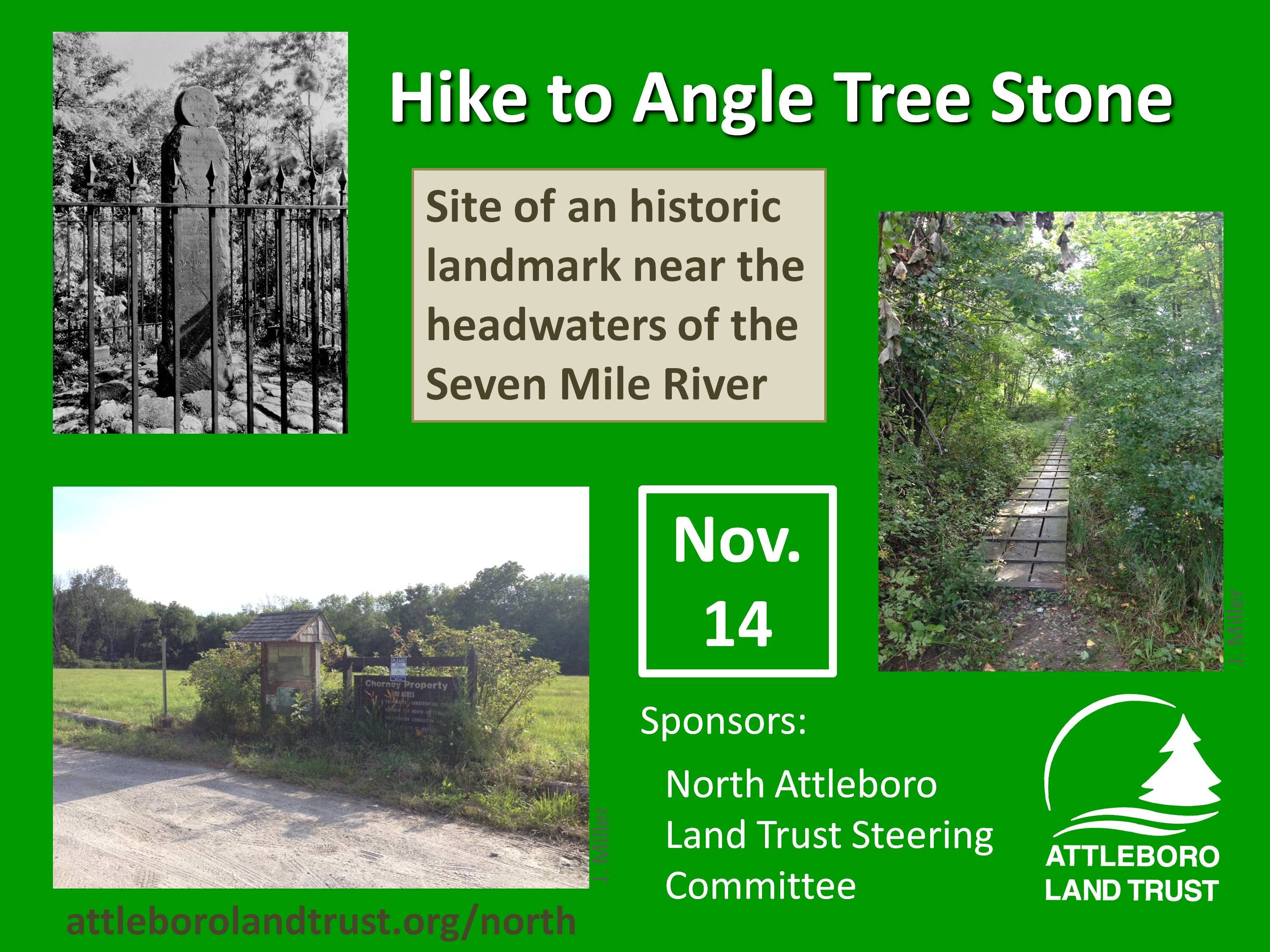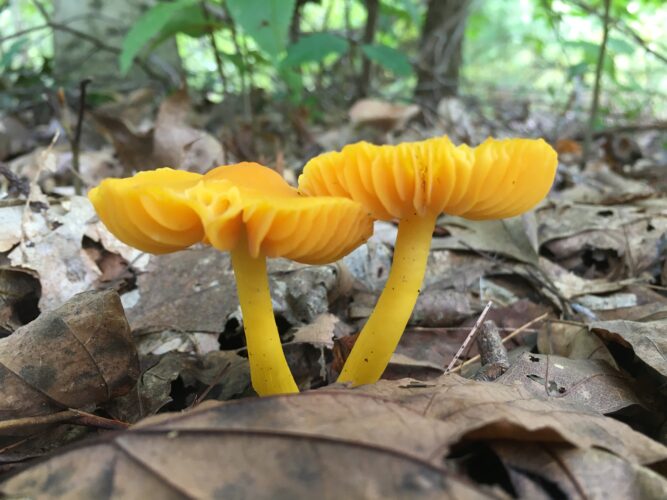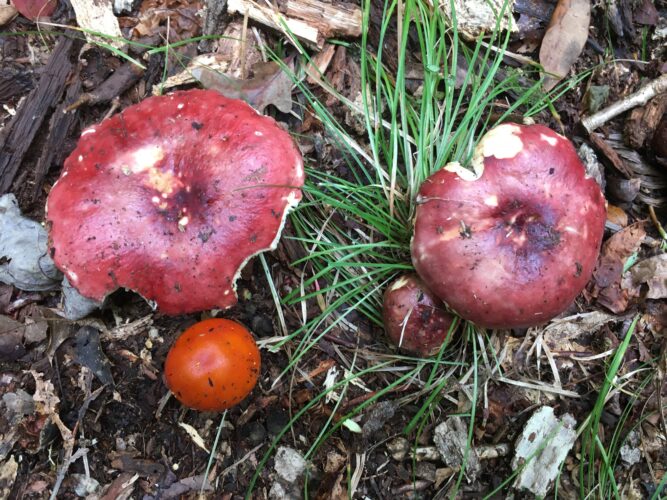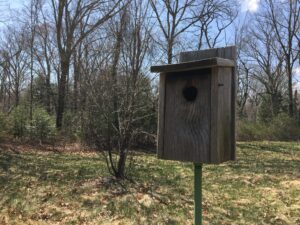For those of you who did not attend the Family Tree Day and meet Woody the Talking Beech Tree, you can still see Woody by walking to the end of the Beech Point trail at the O’Donnell Nature Preserve on Bishop Street. Parking is available at Finberg Field.
Here is a recording of what Woody said on Family Tree Day.
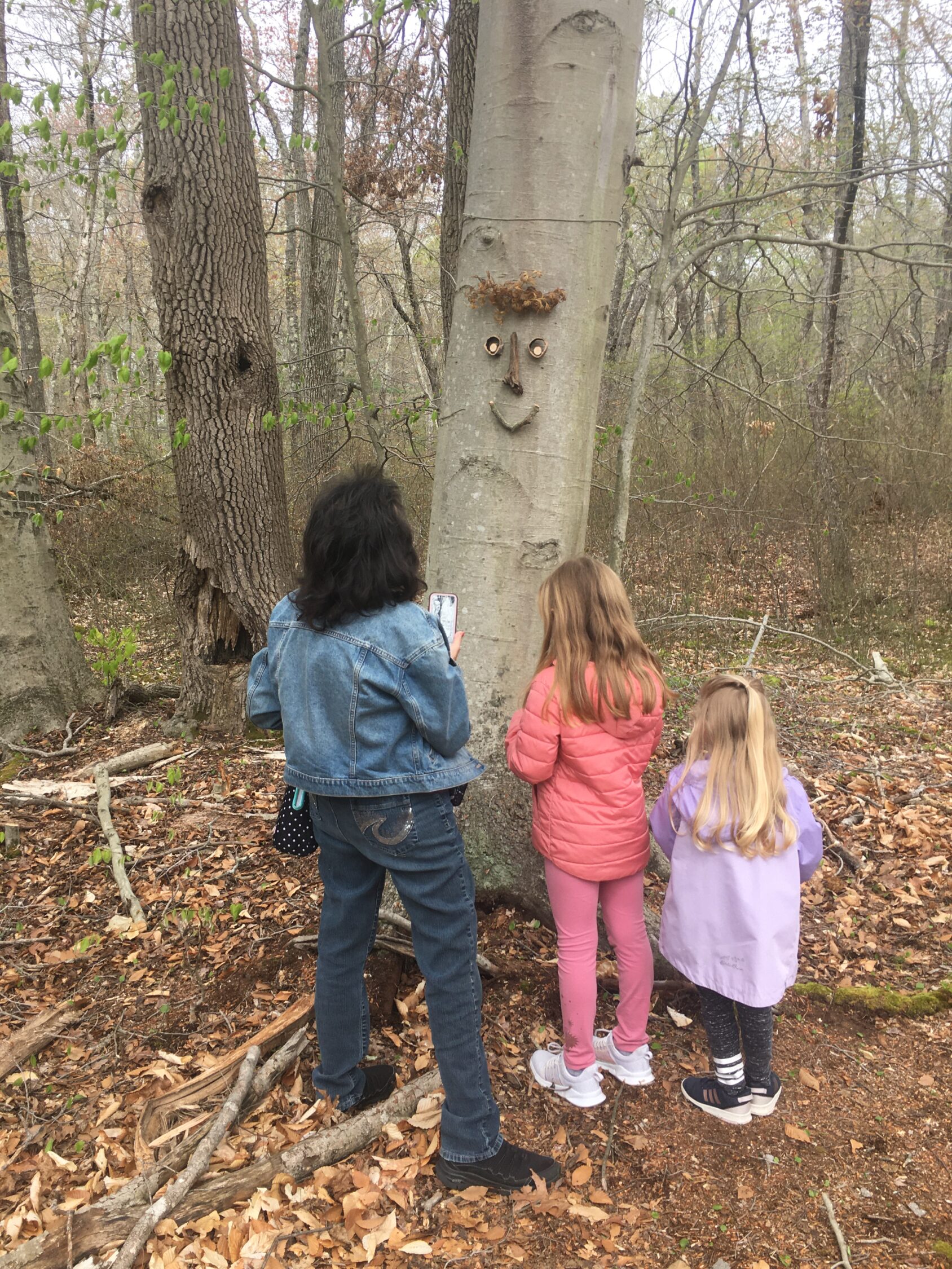
“My name is Woodrow, but you can call me Woody. That’s what my friends call me. We trees don’t normally talk like humans. Sometimes you can hear us whisper, with a little help from the wind.”

“You may have noticed that we Beech trees love to show off. When you walk through the woods in the middle of winter you’ll notice that all of the other trees have dropped their leaves on the ground–well, except for a few oaks. But it’s us well-dressed Beech trees that stand out in the forests of New England, our leaves tinted beige as the winter light passes through them.”
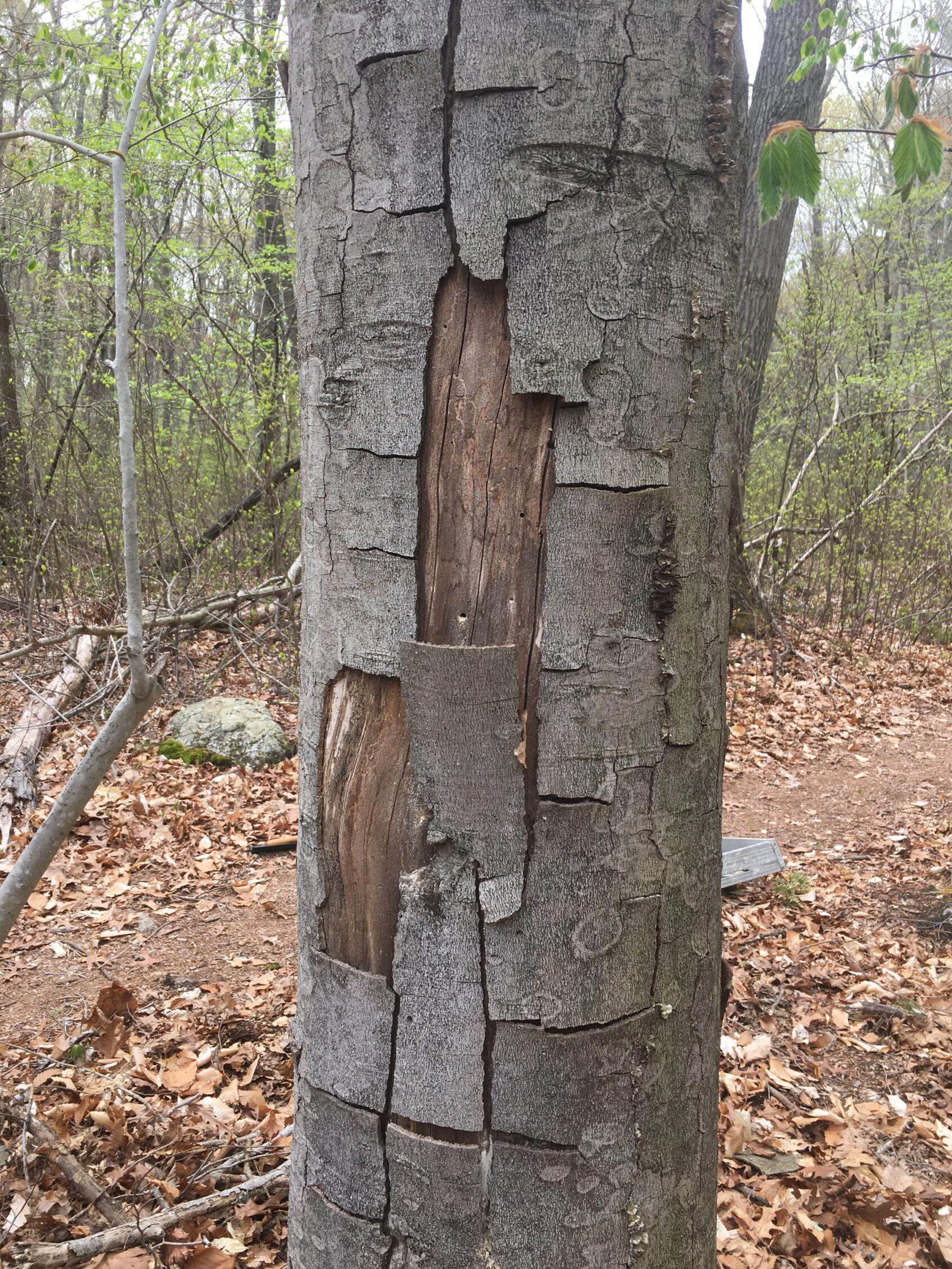
“When I reach old age, my bark becomes brittle, and my branches are bare, I may remain standing for years, providing shelter for a woodpecker looking for a place to carve out a home and raise a family.”




